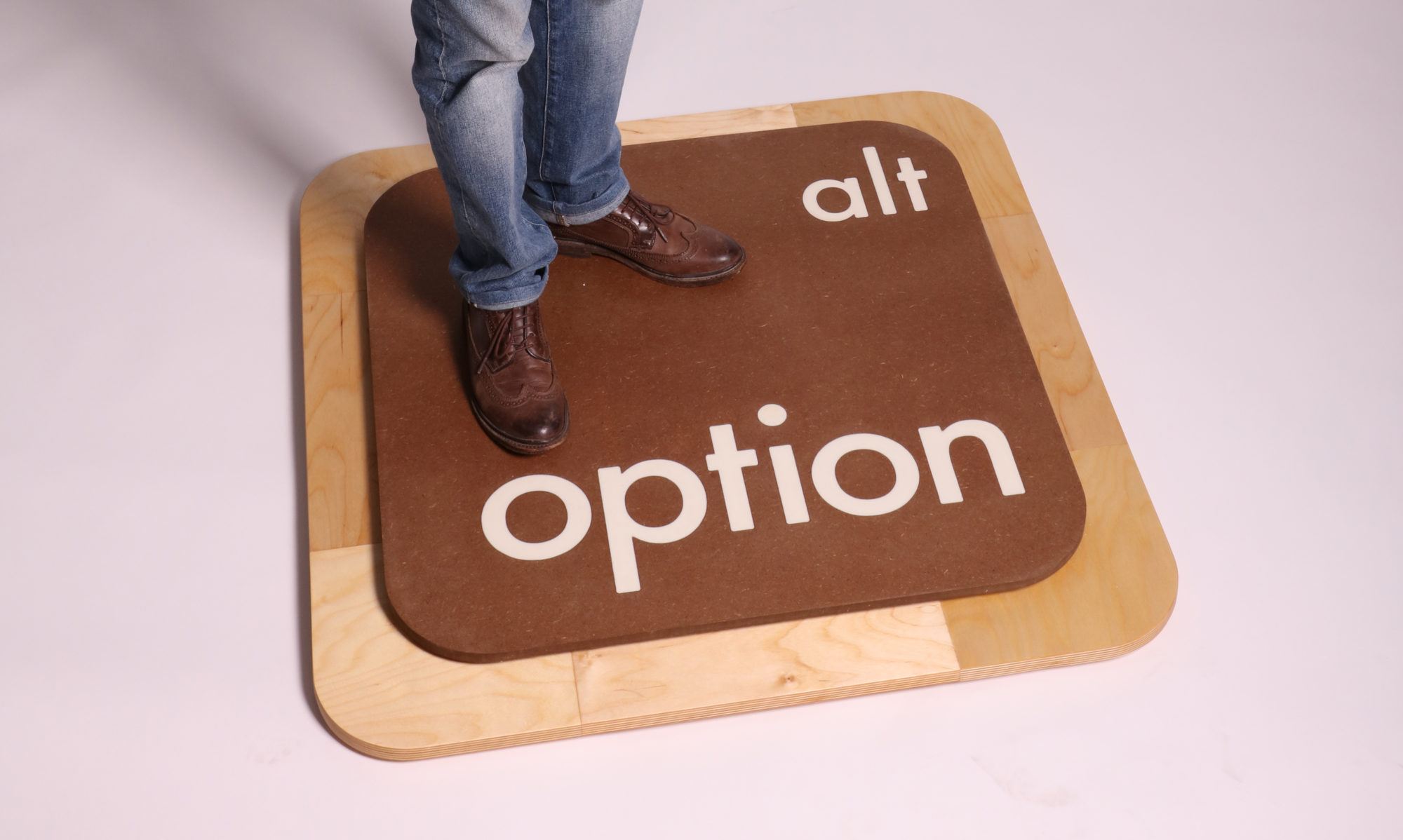1. Was it fun?
Hanabi is a super fun game! It’s all about teamwork and communication, which makes it really engaging, especially when you’re trying to figure out the best moves together.
- What were the player interactions?
Player interactions in Hanabi are crucial since you can’t see your own cards! You give clues to each other, trying to help your teammates figure out what cards they have while keeping the game moving.
- How long did it take to learn?
Learning Hanabi was pretty quick, as we understood the rules in about 5 minutes.
- Would you play it again?
Absolutely! Hanabi has a unique twist with its cooperative gameplay, so it’s definitely a game I want to play again. I would be interested to see how the gameplay might change with a different group, however.
- Analyze the game using the 3 act structure.
- Act 1 : Players receive their cards and start figuring out their hands without seeing their own cards.
- Act 2 : The game progresses as players give clues and play cards, trying to build the fireworks without making mistakes.
- Act 3 : The game ends when either all the fireworks are completed, or time runs out, leading to a tense finish as players hope they’ve done well.
- What are the collaborative and/or competitive aspects of the game?
You work together to create the best fireworks display. There’s no competition between players; it’s more about collective success or failure.
- What is the game’s metaphor and which of the game’s mechanics standout?
The metaphor in Hanabi revolves around creating a beautiful fireworks show together. The standout mechanics include:
- Clue-Giving: You can only give limited information, which really emphasizes teamwork.
- Memory: Players need to remember the clues given to them, making it a fun mental challenge.

this is a super interesting metaphor for a game! I think it’s so cool to have a firework themed game